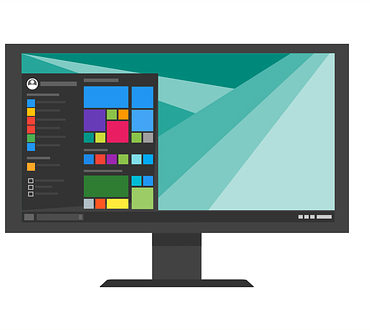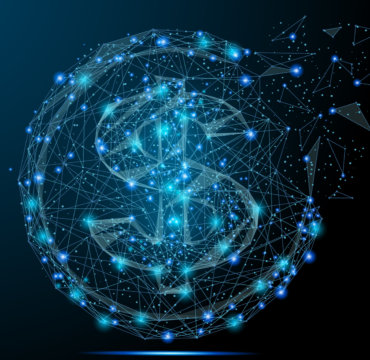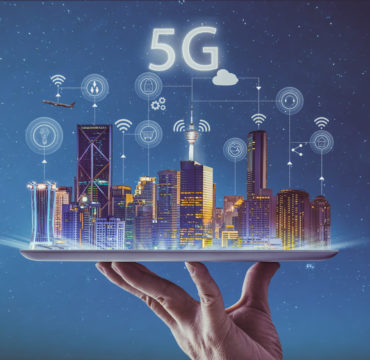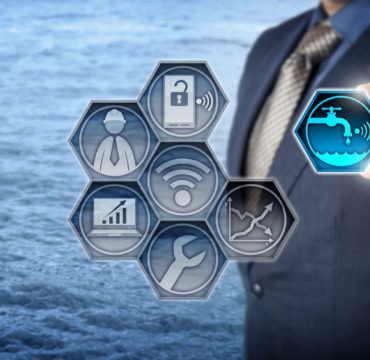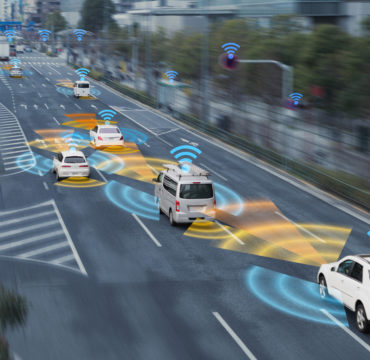Smart City, 5G, IoT, AI....What are They?
July 30, 2019
By Mike Breier
 A Smart City isn’t one thing. It is a concept of using advanced technology to improve city services. A city can have a suite of “Smart” services or they can focus on one thing like water management. Very early stage Smart City tech include smart parking meters, smart water meters, and smart LED lights. We are starting to see newer tech around garbage management (only pickup when the trash bin is full), traffic management, and advertising.
A Smart City isn’t one thing. It is a concept of using advanced technology to improve city services. A city can have a suite of “Smart” services or they can focus on one thing like water management. Very early stage Smart City tech include smart parking meters, smart water meters, and smart LED lights. We are starting to see newer tech around garbage management (only pickup when the trash bin is full), traffic management, and advertising.
If that is a Smart City, what are all these other terms (IoT, AI, 5G) and why do they matter? These are the component technologies that are often utilized to deliver the promise of Smart City investments. If Smart City is a car, then these technologies are like its engine, tires and gasoline.
Internet of Things (IoT) devices have been around for a while. It is the concept of device to device communication and device to cloud communication. These can be a sensor that informs a remote computer or an Apple Watch that requires a Smart Phone to get updates. In a Smart City, these sensors and devices will be wide spread and interconnected. One of the big ideas on IoT is smart cars that talk to each other (avoid accidents), traffic lights (improve traffic patterns) and crossing signals (improve pedestrian safety).
Artificial Intelligence (AI) has many definitions, but in a Smart City context it is when a machine collects external information (from an IoT), decides on a course of action and then takes that action (possibly through another IoT device). Like IoT, AI is already embedded in our daily lives. Cars help drivers stay in lanes, parallel park, and avoid accidents while cities use facial recognition to identify threats and search for missing persons. These are perfect examples of IoT (camera) and AI (facial recognition software) making a city better.
5G is the next generation of wireless connectivity and represents a Star Trek type leap in capability. Why is it so important? It is the enabler to dramatically increase the density of IoT devices that we will interact in our daily laves. It is light years faster than LTE and has no perceived delay or lag. An example would be a police officer that encounters someone who doesn’t speak the same language. A microphone (IoT) could pick up what each says in their native tongue, translate it (using 5G transmission), and play it back on a speaker. No delay, no lag, true conversational translation.
Get more insights like this from our monthly newsletter
Subscribe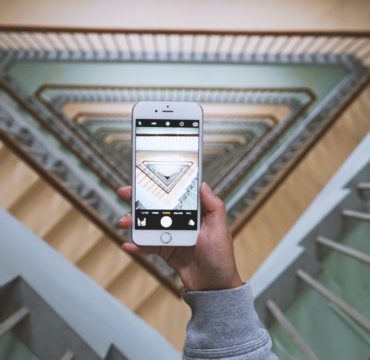
Follow Us
Email: contact@televon.com
Phone: (724) 325-1660
Copyright © 2023 Televon.
Televon® Plenteous Consulting, LLC.
All rights reserved.




